After a hideous fungus was elected president of the United States today I decided it would be a good time to do a special post on various fungi I've seen lately.
First up, here's the most familiar looking fungus of them all, a fly agaric.

As the red colour suggests it wouldn't be very pleasant to eat. It would be unlikely to kill you but could give you severe stomach cramps and is hallucinogenic.
Here's my favourite recent fungi finds because of how impressive it looks. These are common puffballs.
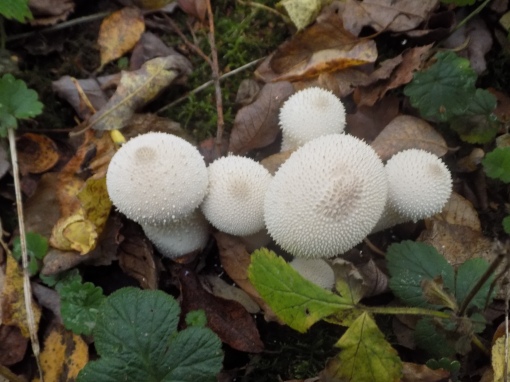
These are young fungi- puffballs start off this shiny white and gradually become a brown colour over time. They have distinctive apical pores, the holes on the top which are where they 'puff' out their spores, hence the name.
This one is a poorer picture but that's often the nature of fungi. I like how they grow in quiet, dark and damp places where most people wouldn't even notice them. Now I've got into looking at fungi I've started to get used to the sort of places they are likely to be growing in. This is a shaggy parasol (Chlorophyllum rhacodes).
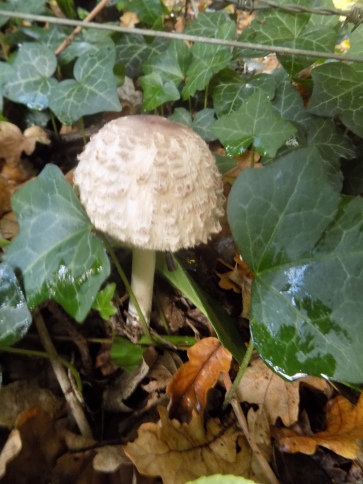
This edible fungus was reclassified in 2003. Given it's similar appearance it was thought to be related to the Parasol but thanks to DNA Analysis it was moved to a completely different genus, Chlorophyllum.
This next one is a bracket fungus, a member of the Coriolaceae family. I suspect it's a Red-belted bracket but I'm not confident on that identification.
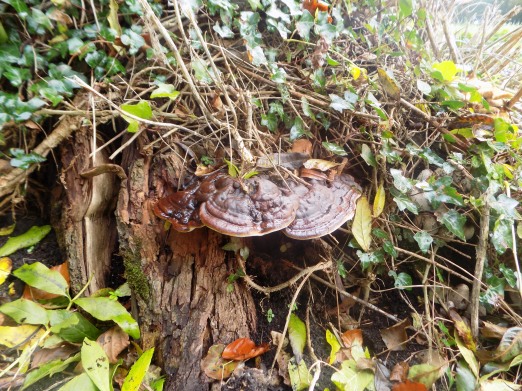
Brackets grow on trees rather than sprout out of the ground and their spores develop underneath. I found this in a small local memorial park on a dead tree which goes to show you can find fungi anywhere.
A slightly more confident ID, although only slightly, are these little fungi in amongst leaf litter which I have concluded are probably milky bonnets. We tend to think of fungi as fairly sizeable but actually the majority are tiny- you can see how small these ones are compared to the oak leaves.

Another intriguing thing about fungi is that they are so hard to identify. I just bought an excellent book (Collins Complete Guide to British Mushrooms & Toadstools) which is fantastic but even with that I have still seen plenty that I can't identify. What on Earth are these?
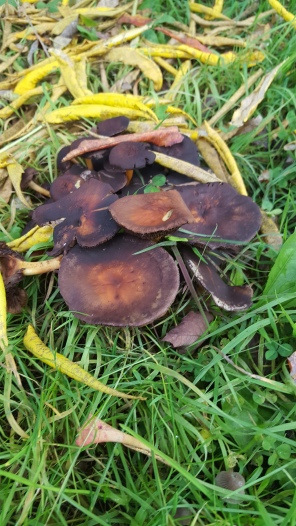
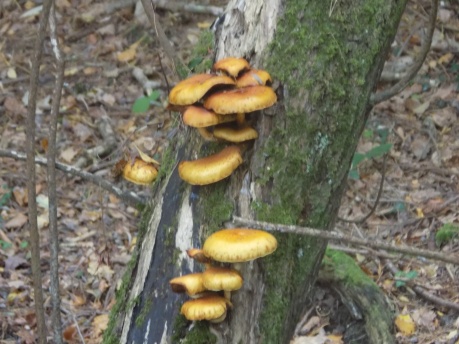
I shall conclude today with a few favorite fungi that I've shared here before.
This is the fantastic sulphur tuft which appeared in the garden. It doesn't look as great as this now as it has blackened significantly.
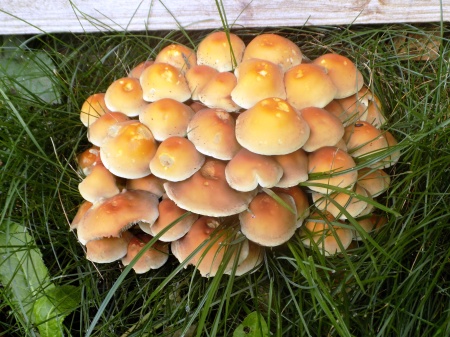
This is a Shaggy Inkcap, a stunning fungus which I found right next to the path at Blashford Lakes.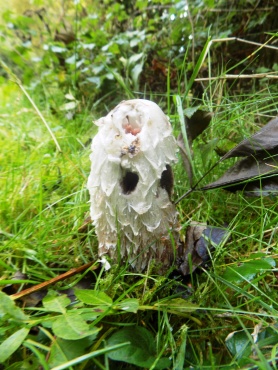

Here's a really vivid coloured bracket fungus, a beefsteak fungus. It's called that because it looks like beef and is sometimes used as a beef substitute.
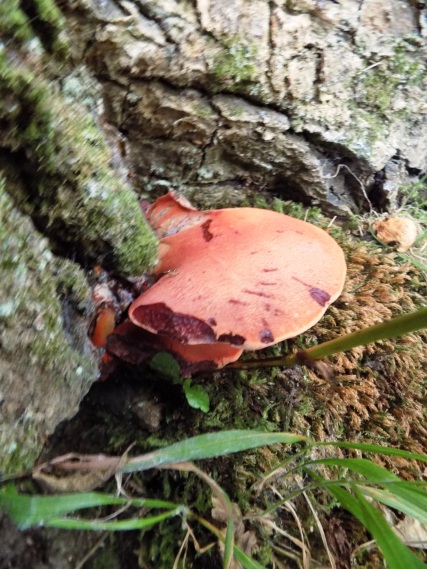
And finally my favourite fungus I've seen so far, the brilliantly named chicken of the woods.
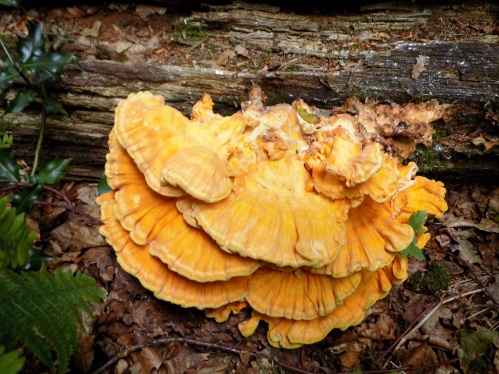

No comments:
Post a Comment